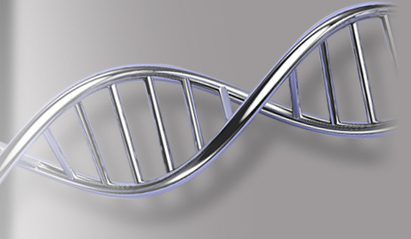Phylogenetics
You are here
As well as its assembly algorithms, Sequencher includes not one but two multiple-sequence alignment algorithms, Clustal and MUSCLE. A multiple sequence-alignment or (MSA) is not the same as sequence assembly so don't be surprised if your contigs and multiple-sequence alignments look different. The algorithms which produce them are doing different tasks. An MSA, which will be your starting point for phylogenetic analysis, is created using specialized algorithms which will need to insert gaps in order to maximize the number of matching bases. One issue is that, as new sequences are added into the growing alignment, the number of gaps tends to increase in order to accommodate the new sequences. This means that alignment errors early can’t be corrected and is a problem that Clustal will be subject to. So using Sequencher to obtain the best possible consensus sequence from your sequencing run is a great start.
MUSCLE uses an iterative approach. This means that if you use it to create your MSA, the algorithm tries to correct alignments by repeatedly realigning the sequences as new ones are added. MUSCLE keeps repeating this until it reaches a limit you have set or until it can no longer improve the alignment. With both MUSCLE and Clustal, you can export the alignment from your Sequencher project in a variety of formats used by downstream phylogenetics programs.
Best of all, if you move your sequences of choice to Sequencher Connections, you can align them using MUSCLE and create a circular or rectangular cladogram. Sequencher Connections is a great tool for experimenting with algorithms and comparing results. This works well for MUSCLE where you can observe how your tree changes with the different numbers of iterations.


